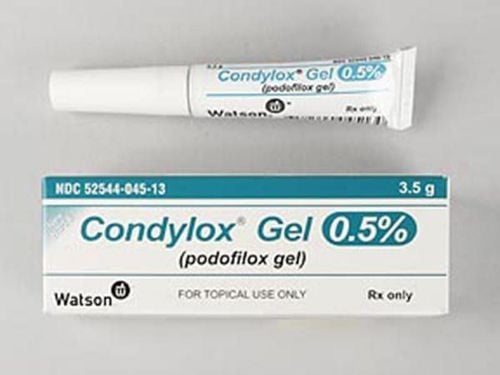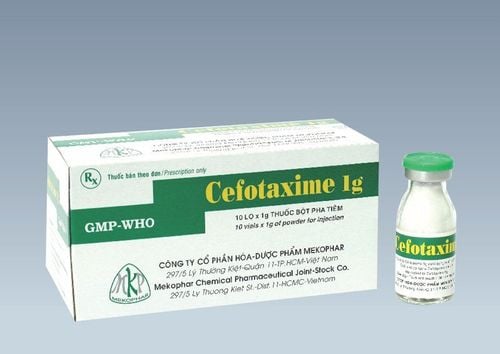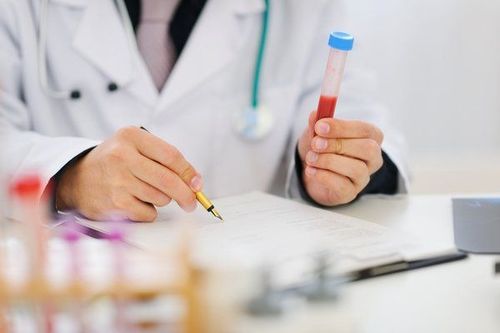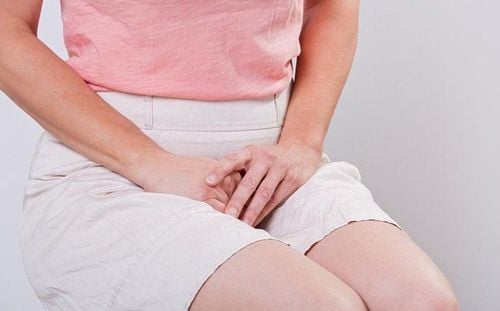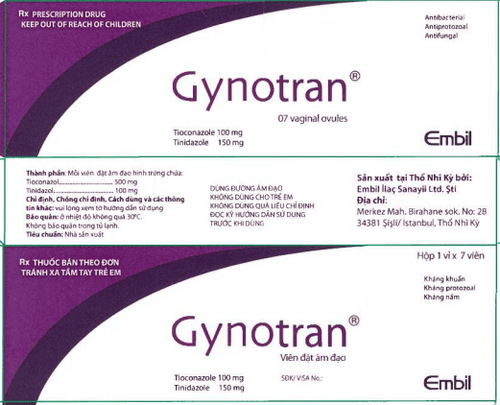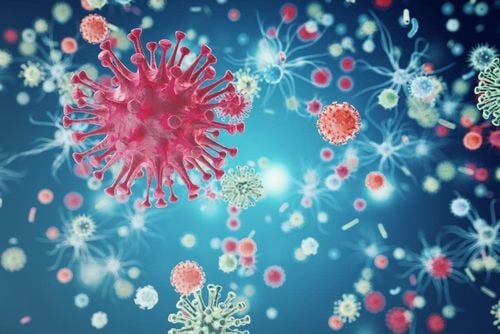This is an automatically translated article.
Posted by Doctor of Laboratory - Vinmec Danang International General Hospital
Real-Time PCR (Polymerase Chain Reaction) assay technique is used to amplify and simultaneously quantify the target DNA molecule. Real-time PCR testing has become useful for the accurate identification and characterization of pathogens, which play an important role in the treatment of STIs.
1. Diagnostic tests for sexually transmitted diseases:
With sexually transmitted diseases, the test helps to identify the specific cause of each different disease, from which the doctor can recommend the appropriate method for each cause as well as the other diseases. measures to prevent reinfection and reduce the risk of infection. The detection of pathogens in pregnant women also allows disease management, avoiding transmission of the disease to the baby at birth.
However, many infections cannot be traced to the agent immediately or are asymptomatic, so it is necessary to use identification systems that provide fast and accurate results. Real-Time PCR technique can measure the number of target DNA molecules present in the sample during the amplification cycle of the reaction. With a sensitivity and specificity of over 98% in detecting the DNA of pathogens, the detected DNA concentration is above for pathogens. Real-time PCR is therefore useful for identifying and accurately characterizing pathogens that play a role in the treatment of STIs.
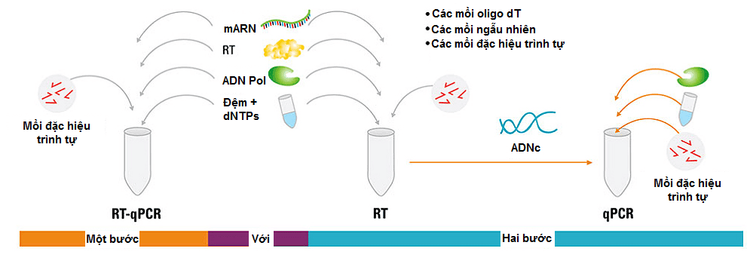
Kĩ thuật Real-Time PCR
The advantage of the real-time PCR technique is that the amplification detection is based on the use of fluorescent primers attached to the DNA double helix generated during thermal cycling. Fluorescence signals are recorded in real time, eliminating the risk of infection caused by post-PCR operations.
REALQUALITY RQ-SevenSTI kit, code RQ-127, of AB ANALITICA (Italy), using Real-Time PCR (Real-Time PCR) amplification technique to detect 7 common pathogens that cause diseases transmitted through sexually transmitted are Chlamydiatrachomatis, Neisseriagonorrhoeae, Mycoplasmahominis, Mycoplasmagenitalium, Trichomonasvaginalis, Ureaplasma parvum and Ureaplasmaurealyticum.
The kit allows to control the extraction process and to evaluate the presence of a reaction inhibitor in the sample by amplifying the β-globin gene in a multiplex reaction with the target agent, avoiding false negatives and supply reagents to help prevent contamination from previous amplification
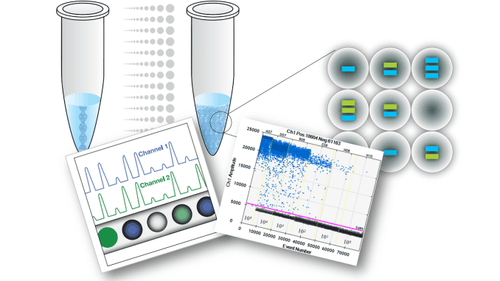
Bộ kit Real-Time (Real-Time PCR)
2. Sample collection
2.1 Notes when performing diagnostic tests for sexually transmitted diseases Fully describe the symptoms you have with the doctor during the examination. Do not douche or have intercourse for at least 24 hours. Women who are menstruating or experiencing vaginal bleeding should not have this test. 2.2. Indications Subjects: Those who have symptoms suspected of having sexually transmitted diseases such as: painful urination, frequent urination, abnormal vaginal/urethral discharge, itching/burning, genital ulcers , dull pelvic pain. Especially in women who are pregnant in the first 3 months of pregnancy High-risk subjects: Those who have unprotected sex, many sex partners, partners with symptoms of STI suspected. Have another cause of an STI.
2.3 Sample collection and storage Samples: commonly used in the diagnosis and testing of STIs include
Cell specimens:
Cervical, vaginal, Vaginal/urethral fluid, urethral smear, rectal smear, and semen samples using a sterile cotton swab or brush, in a sterile vial with transport medium (PBS, physiological/isotonic solution, or liposuction) Other schools) Urine samples
The detection of sexually transmitted infections is done with early morning urine samples. Urine samples should be collected in sterile containers.
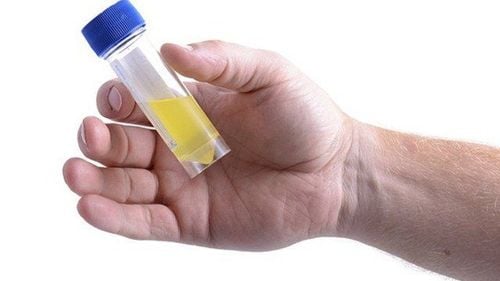
Mẫu nước tiểu được sử dụng làm xét nghiệm
Preservation:
Samples need to be transported to the Laboratory soon to avoid DNA degradation, causing erroneous results. Store samples at +2 °C to +8 °C and extract nucleic acids within 48 hours. If it is not possible to extract within 48 hours, store samples at -30 °C to -20 °C Vinmec International General Hospital offers a Package of Examination and Screening for Social Diseases to help customers detect them early. diseases and have effective treatment, prevent dangerous complications. The screening package for social diseases at Vinmec is for all ages, both men and women.
>> See also: Ureaplasma: one of the causative agents of sexually transmitted diseases - Article written by BSCKII Nguyen Thu Hoai - Department of Obstetrics and Gynecology, Vinmec Times City International General Hospital.
Please dial HOTLINE for more information or register for an appointment HERE. Download MyVinmec app to make appointments faster and to manage your bookings easily.
ReferencesGuidelines for the diagnosis and treatment of sexually transmitted diseases (2013), Ministry of Health. Sexually Transmitted Diseases Treatment Guidelines (2015), U.S. Department of Health and Human Services, Centers for Disease Control and Prevention. Cdc.gov




